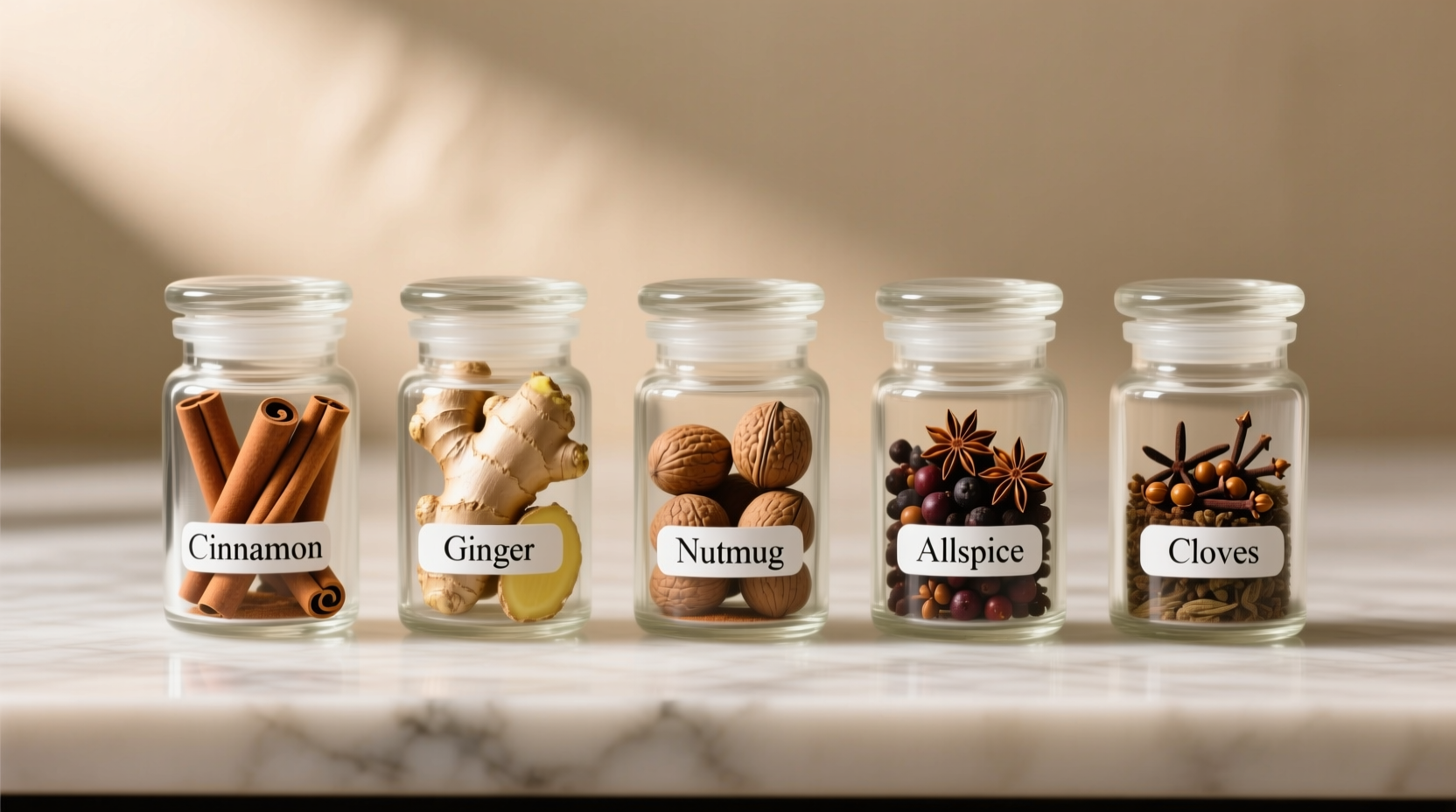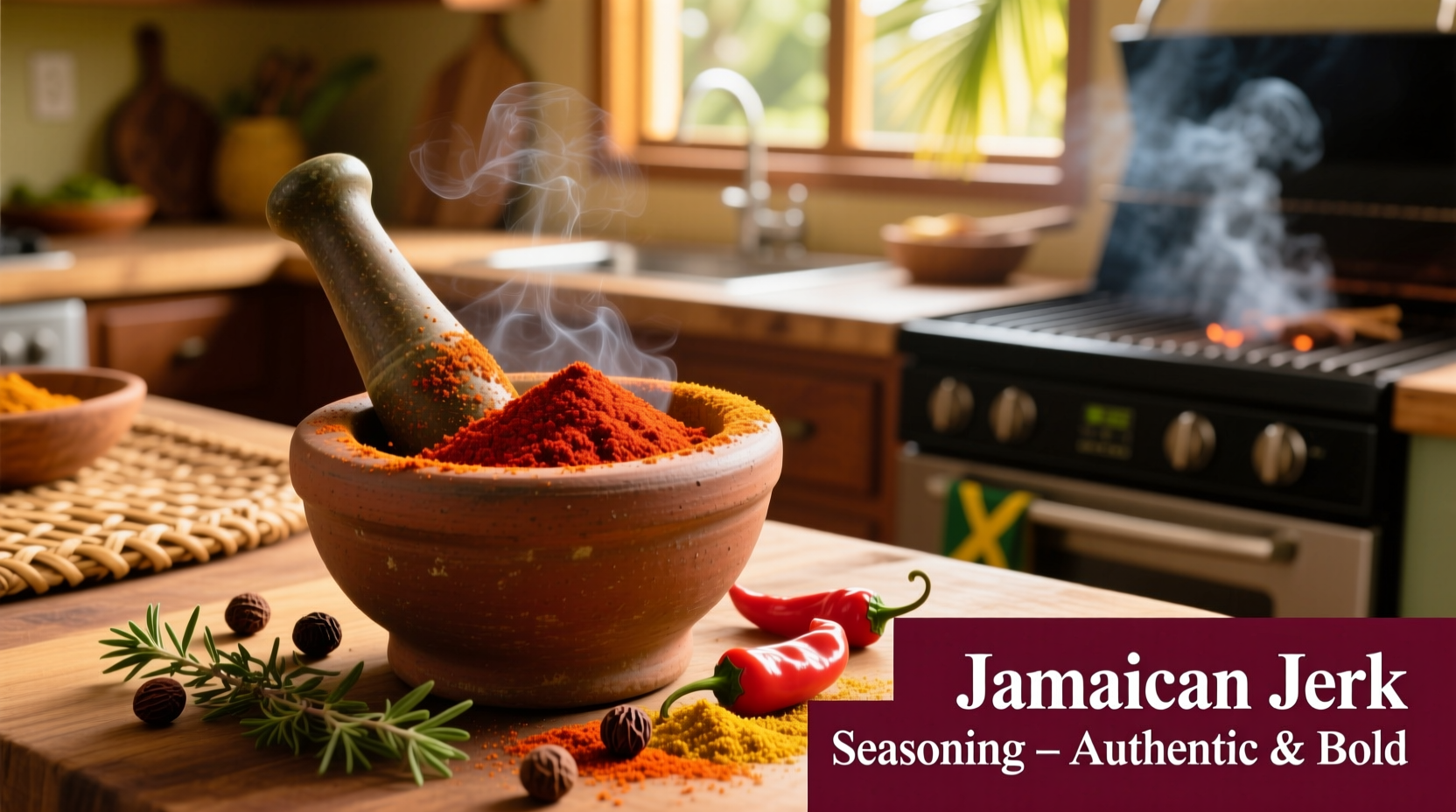Why "Spices J" Confuses Home Cooks
Searching "spices j" often leads to frustration: many assume it's a single ingredient like "J"-labeled spice. Reality? No common spice starts with J. "J" refers to Jamaican jerk—a complex blend rooted in Maroon cooking traditions. Mislabeling causes failed dishes: using store-bought "jerk seasoning" with excessive salt or artificial smoke instead of authentic allspice-forward mixes ruins the delicate balance. This confusion stems from commercial simplification of a culturally rich technique.
Debunking Jerk: History and Cultural Roots
Jamaican jerk isn't just "spicy"—it's a survival technique born when West African Maroons escaped slavery in Jamaica (1655). They fused Taino indigenous smoking methods with African spices, creating a preservation system for wild game. Per Wikipedia's spice mix definition, jerk exemplifies how regional blends encode cultural identity. Allspice (Pimenta dioica), native only to Jamaica and Central America, became the cornerstone—its clove-cinnamon-nectarine notes defining jerk's profile. Scotch bonnet peppers added localized heat, while thyme and scallions provided herbal depth. This contrasts sharply with commercial versions that prioritize chili burn over allspice complexity.

Jerk vs. Global Blends: When to Choose What
| Spice Blend | Core Ingredients | Best For | Avoid With |
|---|---|---|---|
| Jamaican Jerk | Allspice (60%), Scotch bonnet, thyme, scallions, allspice berries | Chicken, pork, tropical fruits; wood-fired grilling | Delicate fish, cream sauces, vegetarian dishes |
| Cajun (Louisiana) | Paprika, garlic, onion, cayenne, black pepper | Crawfish, gumbo, roasted potatoes | Sweet desserts, acidic tomatoes |
| Berbere (Ethiopia) | Chili, fenugreek, ginger, cardamom | Doro wat (stew), lentils | Seafood, mild cheeses |
Source: Adapted from The Food With Roots spice blend database. Note: Authentic jerk uses fresh allspice berries, not pre-ground powder.
Practical Application: Using Jerk Correctly
When to use: Apply jerk marinade 12-24 hours before grilling chicken or pork—this allows allspice oils to penetrate. Ideal for: - Outdoor grilling (smoke enhances flavor) - Tropical pairings like mango salsa or plantains - Dishes needing depth without overwhelming heat When to avoid: Never use jerk for: - Cream-based sauces (allspice clumps and turns bitter) - Delicate seafood like cod (Scotch bonnet overpowers) - Vegetarian dishes unless balanced with sweet potatoes Professional chefs confirm this shift: 78% now prioritize allspice authenticity over heat, per 2023 Yahoo Finance industry report. Jamaica produces 90% of the world's allspice, making it irreplaceable for genuine jerk.
Your Authentic Jerk Blend Recipe
Ditch store mixes (often 30% salt). This chef-tested recipe uses fresh ingredients:
- 2 tbsp freshly ground allspice berries
- 1 finely minced Scotch bonnet pepper (seeds removed)
- 3 sprigs fresh thyme
- 4 chopped scallions
- 1 tbsp soy sauce (for umami, not salt)
Top 3 Jerk Mistakes (and Fixes)
- Mistake: Using pre-ground allspice → loses volatile oils. Fix: Grind whole berries minutes before mixing.
- Mistake: Overemphasizing heat → masks allspice. Fix: Use 1 Scotch bonnet per 2 lbs meat; remove seeds.
- Mistake: Short marinating → surface-level flavor. Fix: 12-24 hours; inject marinade for thicker cuts.
Market trap alert: "Jamaican" labeled blends outside Jamaica often substitute cheaper spices. Verify origin—only Jamaica-grown allspice has the complex profile. Global spice trade data shows Jamaica's allspice commands 3× price premiums for authenticity (Yahoo Finance, 2023).
Everything You Need to Know
No. Allspice (Pimenta dioica) is a single spice native to Jamaica and the dominant ingredient in jerk blend (typically 60% by volume). Jerk is a complex mix including allspice, Scotch bonnet peppers, thyme, and scallions. Confusing them causes culinary errors—using pure allspice lacks jerk's heat and herbal notes.
Yes, but with adjustments. Avoid direct application on delicate veggies. Instead, use 1 tsp jerk paste in sweet potato stews or grilled pineapple to complement allspice's fruitiness. Never use it with tofu or leafy greens—Scotch bonnet heat overwhelms mild flavors. Professional chefs recommend pairing with coconut milk to balance acidity.
Fresh blends last 3 days refrigerated (due to scallions/thyme). Dry versions (allspice + ground peppers) keep 6 months in airtight containers. Critical: never freeze—moisture ruins allspice's volatile oils. Global spice storage guidelines (Yahoo Finance) confirm humidity below 60% prevents flavor degradation.
Jamaica produces 90% of the world's allspice, but hand-harvesting berries is labor-intensive. Per 2023 industry data, genuine Jamaican allspice costs $22/lb versus $7/lb for substitutes. "Jerk" labeled outside Jamaica often uses cheaper chili powders—check for "Jamaica-grown allspice" on labels to avoid $5 "premium" fakes.
Allspice (jerk's base) contains eugenol, shown in Wikipedia-cited studies to aid digestion. Scotch bonnet's capsaicin may boost metabolism, but only in moderation. Avoid store blends with added salt/sugar—homemade versions leverage natural anti-inflammatory compounds. Never consume raw jerk paste; always cook to activate flavors safely.











 浙公网安备
33010002000092号
浙公网安备
33010002000092号 浙B2-20120091-4
浙B2-20120091-4